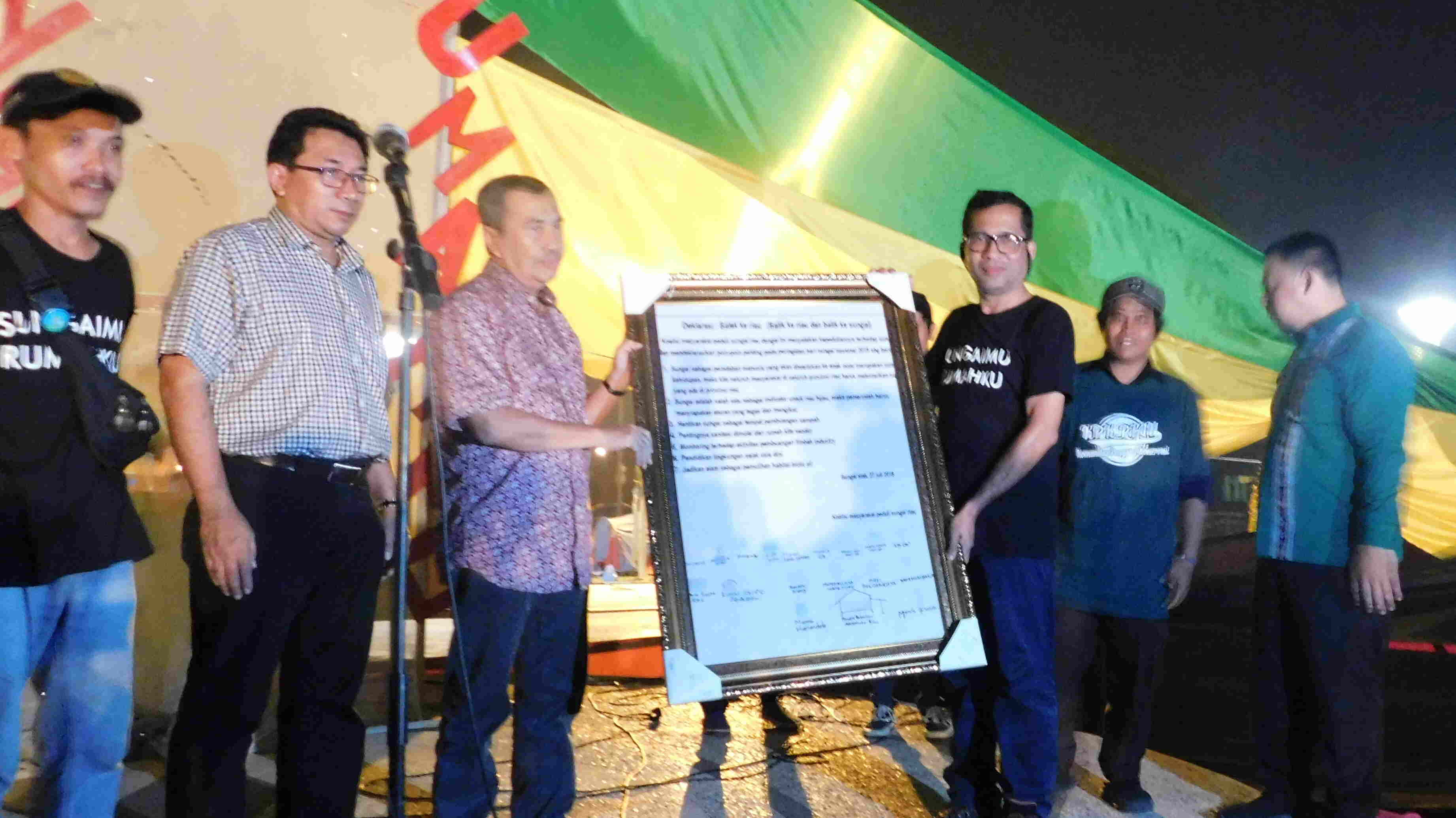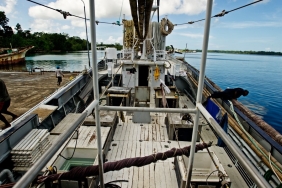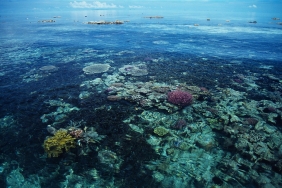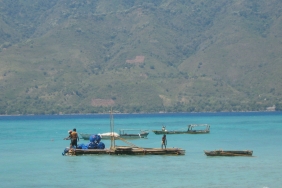NATIONAL RIVER DAY DECLARATION
When July 27 was designated as National River Day by the government in 2011, it was not immediately welcomed by all Indonesians. Why, because rivers, like the oceans, have long been pushed aside by the routine pace of life that sees land as the main place.
Rivers that have played an important role in the past, both in the stage of human migration, the traffic of the famous spice trade, the place of worship rituals, the source of upstream and downstream authority, and the fortress of defense during guerrilla warfare, are increasingly eroded in function in the present. Rivers are often treated as giant garbage bins, where everything that is wasted from human life goes.
In addition to their historical value, rivers are very important as conservation areas. Rivers are crucial sources of water to ensure the survival of living things, including humans. Rivers are providers of white gold (water) that will be more expensive than metal gold and black gold (petroleum) in the coming era. In fact, it is predicted that water sources will be the cause of power struggles.
Recognizing the importance of re-positioning rivers as "one of the most critically locus to conserve", WWF-Indonesia's Rimba, Upper Kampar, and Tesso Nilo Landscape Programs, in collaboration with 28 communities in Riau Province, invited the public to "revisit" the river as an important lifeline for daily life. The moment of July 27, 2019 was commemorated with various activities to invite everyone to care for the river.
The community consists of various Mapala (Student Nature Lovers) from faculties and universities in Pekanbaru, cultural and art groups, associations of nature adventurers and WWF volunteers (River Ambassador, Tiger Heart and Earth Hour). They united themselves in the Coalition of River Care Communities.
Eko Handyko, chairman of the committee from Pondok Belantara (one of the communities that joined) said that this is the first River Day commemoration in Riau and will be held sustainably every year. "Riau is a river province. Riau's toponym comes from the word Rio/Riaouu, which means river or crowded place. This is because in the past, rivers were the center of activity for humans and other living things. Riau is a province with four major rivers (Siak, Indragiri, Rokan and Kampar). It is only natural for Riau to be at the forefront of the movement to restore rivers as an important part of people's lives," said the activist who is also the leader of Slankers in Lancang Kuning country.
The river day celebration was held all day at Rumah Singgah Tuan Kadi, one of the cultural historical destinations in Pekanbaru located right on the banks of the Siak River. Since morning, dozens of colorful tents filled the camping ground area in the courtyard of the event location. After Zuhr prayer and lunch, the event was followed by a discussion on the theme "Back to Riau (River)". The discussion resulted in a declaration text containing ideas and points of recommendation to the Governor of Riau who promotes "Green Riau" as his vision.
Zainul Ikhwan, the discussion starter, said that the declaration was a form of full support for anyone, be it the government, private sector, individuals, and communities who are committed to making efforts to restore the four rivers in Riau that are in critical condition. The text of the declaration was then handed over directly to Syamsuar, the Governor of Riau who came to attend the peak night of the River Day celebration. As a symbol, a giant banner reading "Rivers are the lifeblood of the nation" was unfurled on the side of Leighton Bridge III.
A variety of activities also colored the commemoration of River Day, including planting 500 flower seeds donated by the Pekanbaru City Tourism Office, coloring competitions attended by dozens of elementary school students who live around the location, photo competitions with the best captions uploaded to social media, reading corners, and signing white cloths containing commitments to protect the river by the surrounding community.
The peak of the River Day commemoration event in the evening was filled with people. They enthusiastically watched various art performances with a performance stage designed with the concept of a Malay boat to strengthen the message of "returning to Riau (river). Various art and cultural performances were held, including the oral tradition art of Oguang from Kampar Regency, Nyanyi Panjang, and Zapin Gambus from Bengkalis. Meanwhile, the millennial generation presented reggae music, conservation pop, poetry, and theatrical performances.
The function of the river must be restored using the philosophy of the river itself, namely gotong royong. The river lives because of the hills and mountains that provide its springs. Forests that ensure the sustainability of its debit supply. Rain that regulates the water cycle mechanism. Humans who maintain and utilize it. Flora and fauna that give it life. So restoring the river must be a joint effort of all parties with all available resources, the work and art of humans, both traditional and modern.
,>





